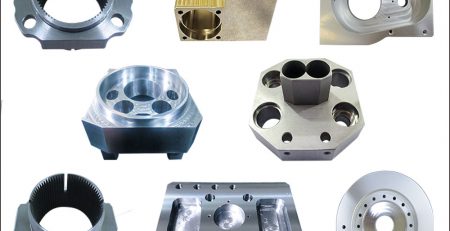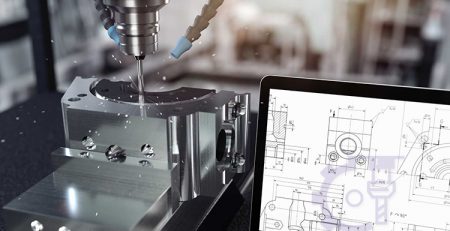Collaborative robot. What is this ?
Impossible to avoid ! We hear more and more about collaborative robots or “cobot”. Even our politicians use these terms.
Today we will unveil and explain in detail what is behind these expressions.
What is a cobot? Is there a difference between cobot and collaborative robot? What are their particularities?
Many questions that many companies ask themselves before investing in collaborative robotics.

What is a collaborative robot ?
A collaborative robot is a robot designed to work in a common area with the operator on a production line. It incorporates security functions (sensors, cameras, etc.) to eliminate the installation of a grid enclosure and to make human-robot interactions more fluid.
Indeed, those machines are able to work side by side with operators safely. Thus, they improve their working conditions and limit the risk of musculoskeletal disorders that may be experienced by employees of a factory for example.
Why do we also talk about cobot?
The term “cobot” is an E neologism first proposed in 1996 by professors at the Northwestern University. This is the contraction of the words “collaborative” and “robot”.
Without collaboration, no cobotics. They are specially designed to collaborate and interact with human beings.
Unlike conventional industrial robots, cobots are not programmed to repeat the same task ad vitam æternam, but to work with an operator they will assist.
But then, is there a difference between a cobot and a collaborative robot?
These two terms can totally substitute. They both refer to a new kind of robot that works in collaboration with a human, boosting their productivity by taking on repetitive tasks and adding little value.
The features of a collaborative robot
Currently, only about 10% of jobs are fully automatable. A minority! The time when robots will replace humans has not arrived.
A 2016 study conducted by researchers at the prestigious Massachusetts Institute of Technology (MIT) found that human-robot collaboration is 85% more productive than a human or robot working alone.
Human-robot collaboration and collaborative robots have a bright future.
Very often comlight and compact, these cobots do not present any danger for the operators with whom they collaborate. They comply with very strict safety standards such as ISO 10218-1 certification for cobots alone and ISO 10218-2 certification for cobot integrated in a production environment. No more expensive security cage. The cobots work near the operators and stop if they are hit by an obstacle or a man thanks to their sensors. They are therefore easier to implement in a production line, and this at lower costs than for a conventional industrial robot.
Versatile and multitasking robots
Most often, cobots are presented as robotic arms. Nevertheless, there are a multitude of possible forms. According to the programming, the robot can grip, move, screw, package … The various removable tools assigned to it define the use. The cobots are simple to use to compete and make the difference with their cousin: the industrial robot. Handling very often requires no advanced knowledge in robotics or programming. It is accessible to all. Very dear goal to Niryo if you follow us from the beginning.
The variety of tasks is unlimited. Generally, they will be assigned to exhausting activities, repetitive … also allowing the operator in place to use skills for more rewarding tasks
The versatility of the cobot is its major asset. Exit the robot hard to program and only focuses on a single task. What attract more and more leaders of SMEs.

A member of iDEA Group, a technology engineering group specializing in machine design and manufacturing,
Leading in research and development of high technology such as robots, AGV autonomous vehicles, vending machines, IoT devices.
Automation equipment for manufacturing and industrial plants 4.0. Designing and manufacturing jigs for car, semiconductor and industrial industries.
As the leading corporation in Vietnam with a team of design engineers for Japan, the US has a large number of over 250 people out of 340 employees.
There is a factory for precision engineering and machine manufacturing, with a high internal rate. Ability to do from concept to design, processing, manufacturing complete products.
Source: https://ittctech-vn.com/
niryo.com














